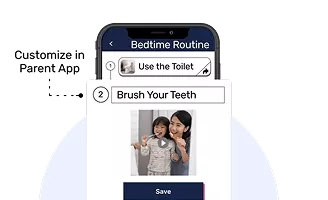Treatment for improving intraverbal skills typically involves interactive language exercises. Here’s a simple routine you could try:
- Question and Answer: Engage in an ongoing dialogue with your child, asking questions that can’t be answered with a simple yes or no.
- Sing-a-long: Start a song and let your child finish the lines.
- Story Time: Tell a story and let your child fill in the blanks.
Over time, with consistent practice, you’ll notice your child participating more actively in conversations. They’ll respond more accurately to queries and express themselves better, painting a bright long-term picture for their verbal communication skills.
Here at Goally, we understand the importance of building strong intraverbal skills. Our interactive and engaging apps foster communication in a fun, learning-friendly environment, helping children to build and enhance their language skills. So, in the journey of boosting intraverbal skills, Goally could be your reliable companion.












